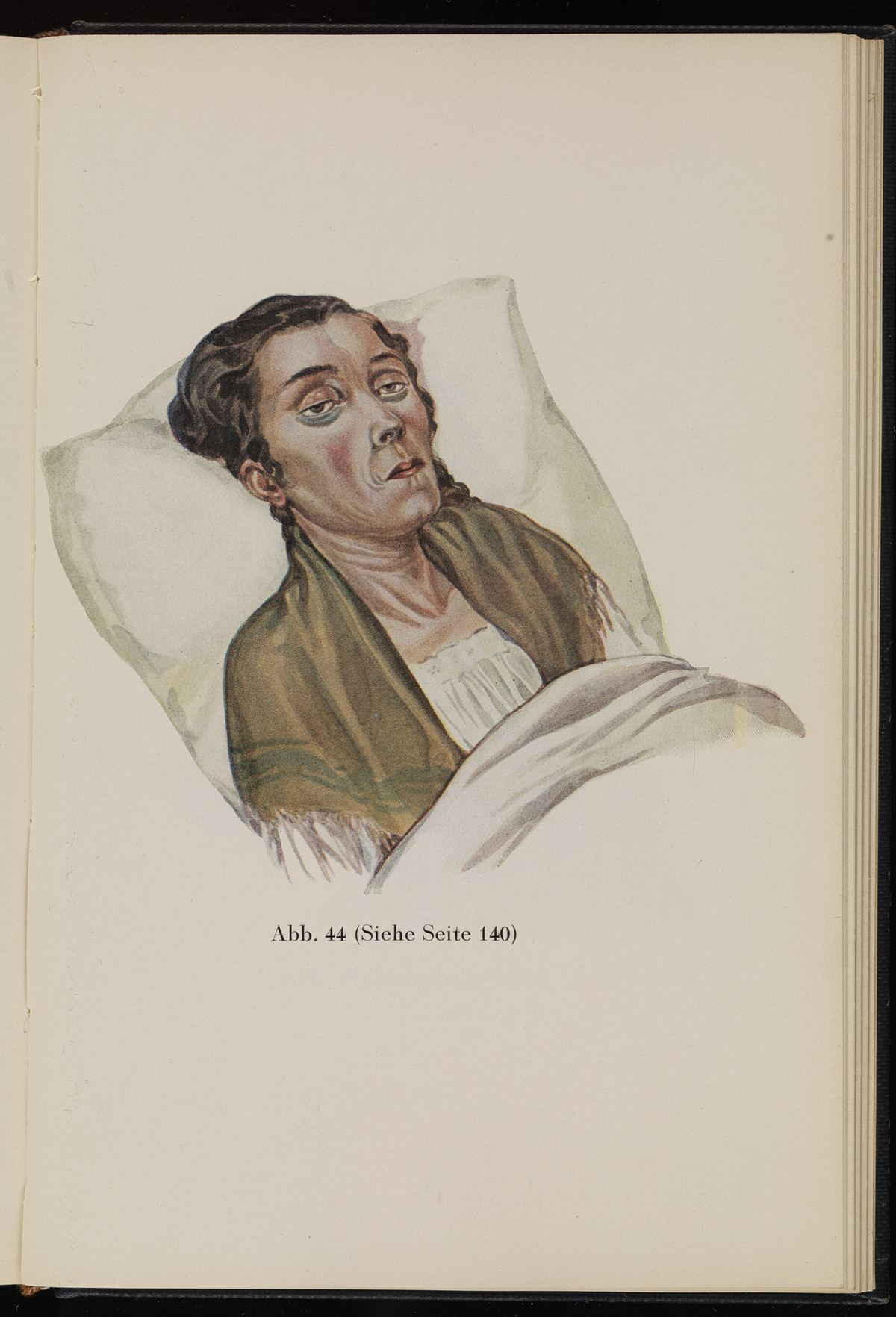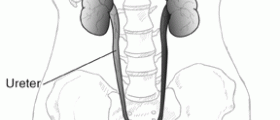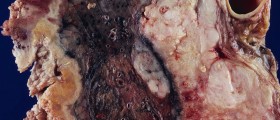
Ascites - Overview
Ascites represents accumulation of fluid inside the peritoneal cavity. The fluid is usually the transparent, pale or slightly colored. Ascites is also known as peritoneal cavity fluid. Accumulation of fluid inside the peritoneal cavity most commonly affects people suffering from advanced liver cirrhosis and severe liver dysfunction. However, it may be also a characteristic of other systemic diseases and disorders such as congestive heart failure, kidney failure, peritoneal inflammation etc.
Ascites is basically confirmed by physical examination and certain blood test while ultrasound of the abdomen gives perfect insight in its presence and may be of additional help in estimation how much fluid is actually in the peritoneum. The fluid can be successfully removed by paracentesis and prevention of further accumulation of fluid achieved by certain medications.
Symptoms of Ascites
Ascites has many different characteristics. In the initial stage of fluid accumulation there are usually no symptoms and signs. This means that in the beginning ascites is basically asymptomatic and may be only found accidentally. Small accumulation of fluid in the peritoneal cavity does not cause any noticeable systemic changes.
Still, once the amount of fluid reaches certain quantity the symptoms and signs of ascites become clear enough. In mild ascites there is approximately 100-400 ml of fluid in the abdominal cavity. Mild ascites usually cause slight abdominal discomfort and may in some patients lead to abdominal pain. Further accumulation of fluid intensifies symptoms. Accumulation of more than 500ml of fluid is typically accompanied by abdominal pain and there is evident bloating of the abdomen. Patients suffering from severe ascites usually complain about abdominal distension and heaviness in the abdomen. Once these symptoms occur patients go to their doctors.
In severe form of ascites elevation of diaphragm may cause shortness of breath. Ascites can be also accompanied by pleural effusion which also interferes in normal process of respiration. If ascites is caused by bacterial inflammation of the peritoneum the patient will also suffer from fever and general weakness.
What does Doctor Do
After a set of questions the doctor examines the patient. He/ she performs physical examination. In severe form of ascites the abdomen is distended and if the doctor performs percussion of the abdomen the fluid inside the peritoneal cavity will wave and it may be felt as fluid thrill once the particular side of the abdomen is tapped. Well experienced doctor can confirm the presence of ascites just by examining the patient but he/ she needs to perform further tests and ultrasound of the abdomen to set the definitive diagnosis and identify the underlying cause of ascites.

















Your thoughts on this
Loading...